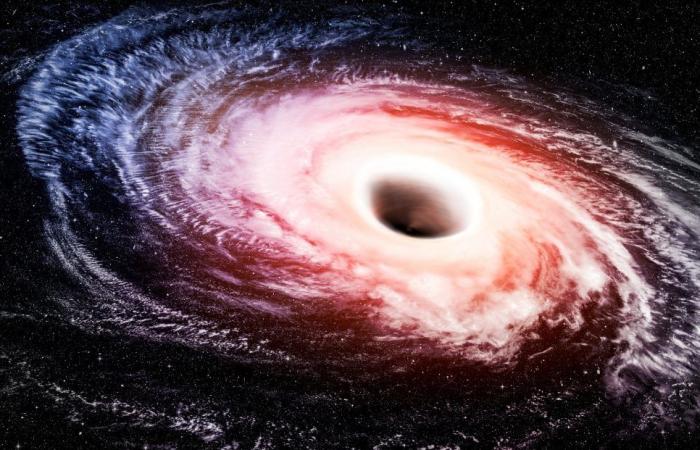The mysteries and wonders of deep space, where light reveals phenomena that defy our understanding. NASA provides promising information.
In a captivating celestial ballet, two black holes engage in a dazzling interstellar choreography, capturing the attention of astronomers around the world. The fleeting burst of light reveals the existence of an unsuspected duo, offering new insight into the infinite possibilities that our universe holds. A discovery that awakens our thirst for knowledge and nourishes our fascination for the unfathomable mysteries of space.
The mystery of the black holes in the OJ 287 galaxy finally revealed
At the heart of the distant galaxy OJ 287 a captivating cosmic secret is revealed, the presence of not one, but two black holes. A discovery which confirms the speculations of several teams of researchers and which was recently revealed thanks to the intervention of Tess satellite (Transiting Exoplanet Survey Satellite). The latter provided rare observational proof of the existence of a black hole orbiting another, a hundred times larger in size.
The history of these singular stars takes on its full meaning through a unique cosmic phenomenon, the manifestation of periodic flashes of light when two black holes of different sizes interact. This is how researchers from the University of Turku (Finland) anticipated that this cosmic ballet would play out on the side of the galaxy OJ 287 towards the end of the year 2021. Guided by these predictions, Tess directed her gaze in this direction, revealing an exceptional celestial spectacle on November 12, 2021 at 3 a.m.
This vision has been endorsed and confirmed by the Swift telescope and other instruments, bringing a new dimension to our understanding of the mysteries of the universe.
The fascinating ballet of black holes in the OJ 287 galaxy
In a study published in The Astrophysical Journal, researchers demonstrated that the bright flash observed in the OJ 287 galaxy over a 12-hour period came from the smaller of the two black holes. This rare phenomenon occurred when the smaller black hole absorbed a large amount of material from the accretion disk of the more massive black hole, generating a jet of gas directed outward from the system. This interaction temporarily decreased the brightness of the smaller black hole, making it less red.
Astronomers expressed their enthusiasm by stating that this observation allowed them to “see” a black hole in orbit for the first time, in the same way that Tess detected exoplanets orbiting other stars. They pointed out that “it would take time before we can capture a direct image of an orbiting black hole, but new detection methods, such as nanohertz gravitational waves, may soon reveal more clues about the presence of these mysterious stars.






